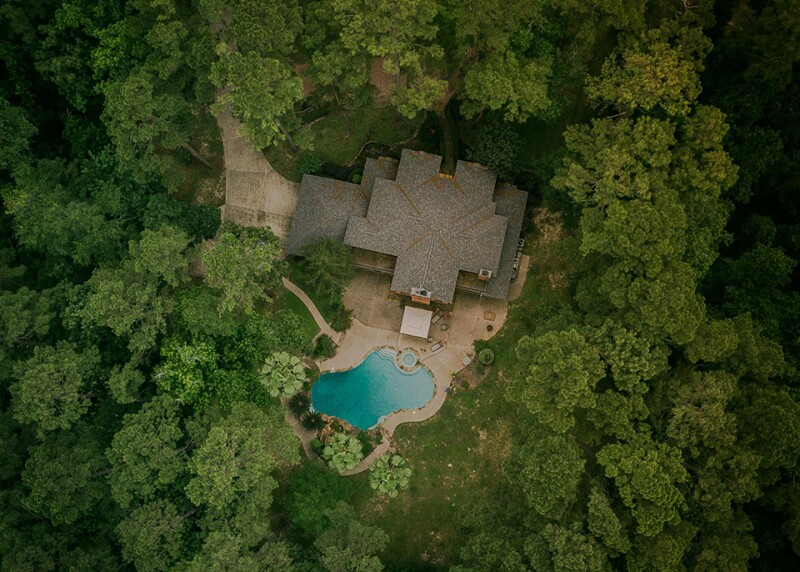The tokenization trend continues in regulated markets, as borrowers and investors bet on the possibility that blockchain technology could revolutionize core financial services such as bond issuance.
But blockchain has a notorious energy problem, and banks that want to play on the cutting edge are looking for ways to stay ahead of both ESG (environmental, social and governance) and digitalization.
Those that have already tied themselves to ideals of environmental consciousness and net-zero commitments must start with cleaning up this notoriously polluting technology before they embrace it.
So, when Crédit Agricole Corporate and Investment Bank and SEB launched what they call a “sustainable and open” platform for digital bonds built on blockchain technology, they focused on a new validation protocol – Proof of Climate AwaReness (PoCR) – that links remuneration of node operators validating new blocks to their environmental footprints.
The PoCR protocol is derived from the Proof of Authority (PoA) consensus mechanism for validating exchange of value.
The banks describe it as “semi-permissioned” blockchain because the protocol allows only a designated number of actors the power to validate transactions. The validators must meet certain requirements and be voted in by a majority of existing members.
However, users engaging with the infrastructure by enacting transactions are free to come and go, following the public blockchain model.
Blockchain, but make it green
For a sustainable bond powerhouse like CACIB, tapping into the world of tokenized securities was always going to include a green angle. In this case, it is the mining process that claims to integrate climate impact assessment practices.
“CACIB has been engaging sustainability for a long time, and within that context we have been thinking about building greener digital assets as well,” says Romaric Rollet, the bank’s head of innovation and digital transformation.
In the public blockchain space, the life-cycle assessment isn’t always done transparently, and the technology gets criticized for this lack of visibility
Romaric Rollet, CACIB

Through the PoCR protocol, each node operator will be remunerated for validating a block with Climate AwaReness Coins (CRC), a native token developed by the bank syndicate. And the number of tokens distributed will depend on the quality of its footprint: low footprint equals high reward.
It is unclear what that reward is actually worth, however.
Utility tokens typically rise in value the more volume goes across the underlying blockchain because users pay fees to enact transactions. Many blockchain founders hype their projects to boost the traded value of core utility tokens that they retain a stash of. But CACIB and SEB would prefer that speculative trading of the CRC be avoided or limited.
As with any green product, collecting and reporting on the green-ness itself is a key issue. To address this, independent auditors measure an operator’s system footprint according to four metrics: greenhouse gas emissions, primary energy consumption, water usage and use of raw materials.
This life-cycle assessment measures these indicators across the entire system and equipment life cycle, from extraction, construction and transportation, to installation, use and recycling.
“In the public blockchain space, this assessment isn’t always done transparently, and the technology gets criticized for this lack of visibility on the entire life cycle,” adds Rollet.
So, when putting the blockchain together, SEB and CACIB – the only miners currently working on the platform – chose to use smaller infrastructure, located in regions with a high-quality energy mix to reduce emissions, and to use data centres with the lowest possible power usage effectiveness.
Like other validation protocols, PoCR wants to drive competition among operators in the ecosystem.
“It has this virtuous element to incentivize the participants to find solutions to reduce the environmental footprint of their systems,” says Guénolé de Cadoudal, head of Digital Assets Group for CACIB.
Since the actors engaging on the blockchain are evaluated according to their environmental performance, we get a total footprint for the blockchain itself
Guénolé de Cadoudal, CACIB

As the tokenized asset ecosystem grows, so does the need to differentiate between blockchains based on lower energy intensity and on how transparent they are about it.
“Since the actors engaging on the blockchain are evaluated according to their environmental performance, we get a total footprint for the blockchain itself,” says De Cadoudal.
This could then allow for a comparison of the different blockchain systems available to the wider market in tokenized real-world assets, provided those other systems are also measured using the same methodology.
On this climate-conscious blockchain, the two banks have built the so|bond platform, on which issuers can raise capital and manage securities through smart contracts.
“Stakeholders are asking whether we could or should innovate the financial markets ecosystem to reduce the number of intermediaries and optimize the transaction processes,” adds De Cadoudal. “To show that it was possible, someone has to take on this leap of faith.”
CACIB have not said who the stakeholders requesting this type of platform are, but in a world where issuers and investors are increasingly weary of the reputational damage that comes with labelling transactions as sustainable, tech savvy clients want a tokenized sustainable bond option that won’t be criticized for having a large operational footprint.
A busy ecosystem
So|bond is not the first of its kind when it comes to providing distributed-ledger technology (DLT) to financial markets. Société Générale’s digital assets subsidiary SG Forge, launched in 2018, offers services to issue and manage digital-native financial products.
The SocGen platform was a source of inspiration for the team behind so|bond.
“The aim is to develop and promote a common operational standard, which would work as a kind of rulebook for digital bond issuance using blockchain technology,” says De Cadoudal.
HSBC Orion and Goldman Sachs DAP are other prominent examples, but don’t share the decentralized approach that so|bond is advertising.
In the green digital assets space, transactions are still scarce. In February, Hong Kong’s government announced the offering of a HK$800 million ($102 million) tokenized green bond through Goldman Sachs DAP, for which CACIB was joint bookrunner and joint green structuring bank, alongside HSBC and Bank of China.
“Processes of the bond life cycle, including coupon payment, settlement of secondary trading and maturity redemption, will also be digitalized and performed on the private blockchain network,” the press release says.
Left behind
Looking at these various projects and their test transactions, a bigger picture becomes clear. Corporate investment banks know that atomic settlement, reducing the need for intermediaries in the financial services sector, could devalue their bond issuance business.
“The different platforms that we are seeing from players is the traditional intermediaries’ response to remaining in the game in order to capture the opportunities in the digital assets space and avoid disruption coming from decentralized finance (DeFi) players,” says Mohamed Damak, senior director at S&P Global.
In addition to competing on providing the most efficient products to clients, banks also need to leverage their soft skills to stay relevant.
“The blockchain is not going to replace the intermediaries that are offering services other than the storage and safekeeping of records of financial products,” adds De Cadoudal. “Our advisory services, address books and credentials will remain important in the competitive landscape.”
The first transaction to take place on so|bond will be for the so far unidentified client who asked the banks for a green blockchain. CACEIS, the asset servicing banking group of Crédit Agricole and Santander, and SEB are already custodians on the platform.
There will be an onboarding period, since any issuer or investor else will need to convince their custodians to get connected.
Doubling down on environmental impact assessments and transparency questions within the blockchain debate is one way for sustainable finance leaders such as Crédit Agricole to claim a role.
It is not a bad aspiration to have, but if there is a to be a real transformation of financial markets operations, it will come down to whether or the technology and its infrastructure can accommodate a very large number of transactions far beyond the small-scale trial issuances we are seeing today.
In 2022, the total volume of bond issuance was about $7.3 trillion. Meanwhile, digital bond issuance totalled about $1.5 billion over the past year, according to S&P Global.
“That is up from almost nothing a year earlier,” points out Damak.
It is just not up by very much.





